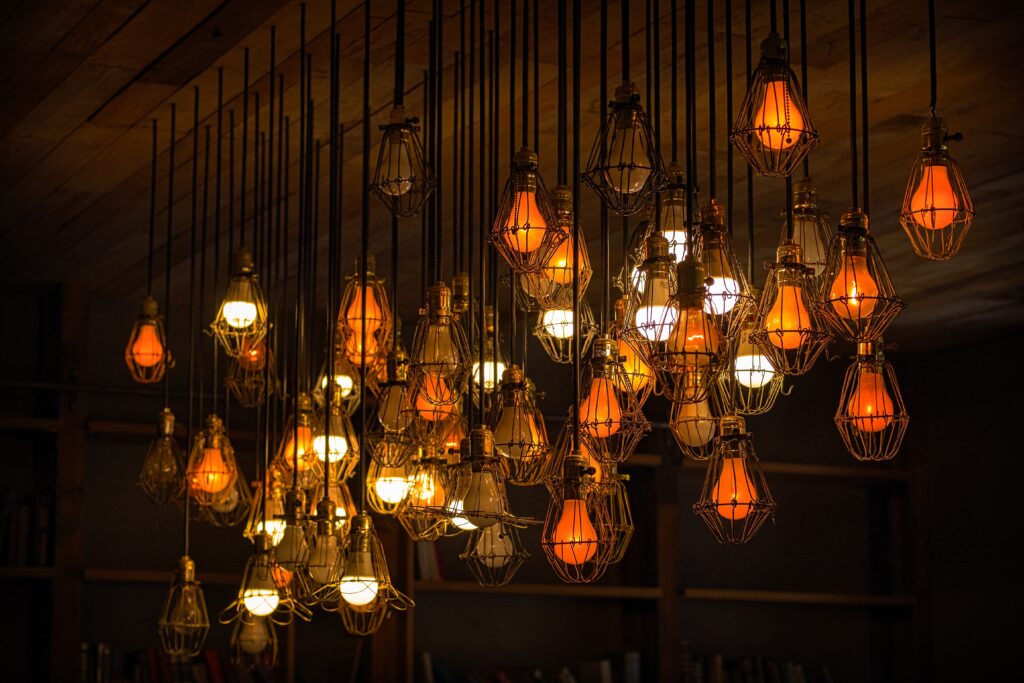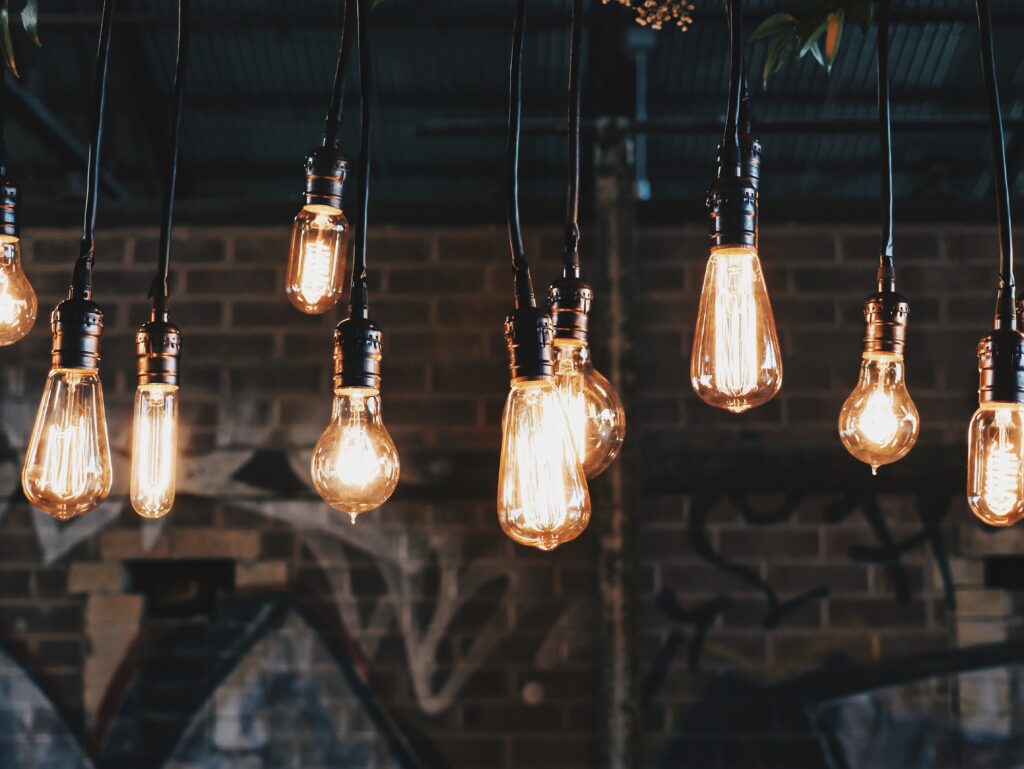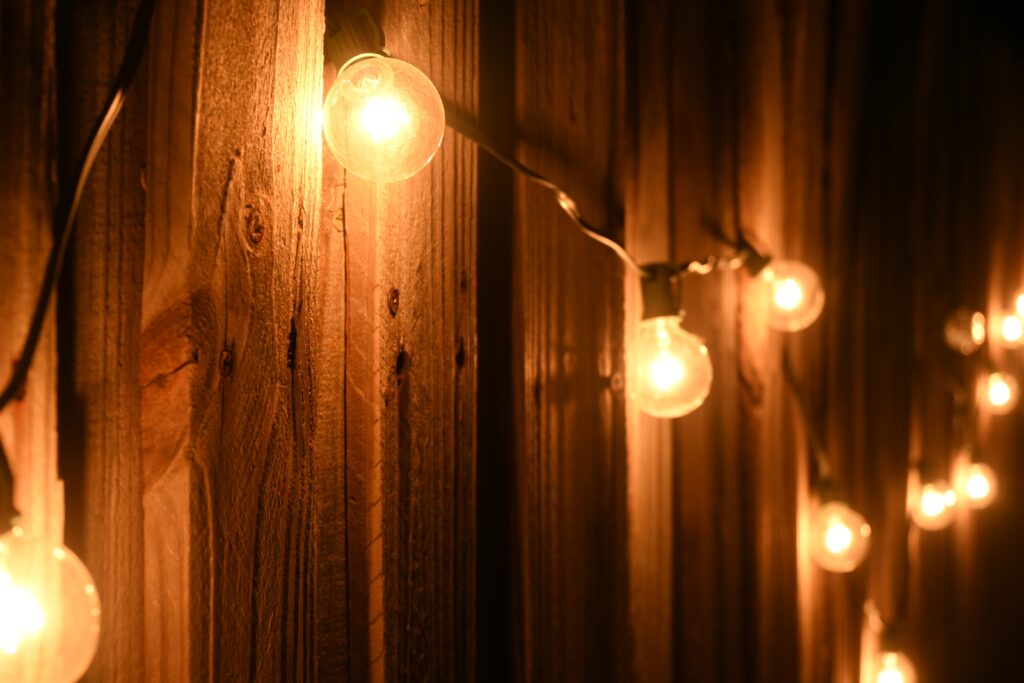Lighting is an essential aspect of interior design, setting the mood and enhancing the ambiance of a space. In minimalist design, lighting takes on a pivotal role, as it seeks to create a harmonious balance between simplicity and functionality.
In this article, we will explore minimalist lighting techniques that focus on layering and accentuating, allowing you to create a serene and inviting atmosphere in your living spaces.
1. Introduction
Minimalist lighting techniques play a crucial role in creating an atmosphere of calmness and serenity. By carefully considering the layers of light and the fixtures used, you can achieve a minimalist aesthetic that enhances the beauty of your living spaces.
2. Understanding Minimalist Lighting
Minimalist lighting embodies the core tenets of simplicity, functionality, and the deliberate eradication of superfluous elements. It seeks to create an uncluttered environment while providing adequate illumination for various activities. The focus is on achieving a balance between form and function.

3. The Power of Layered Lighting
Layered lighting is a key element of minimalist design. It involves the use of multiple light sources at different levels, such as natural light, ambient lighting, task lighting, and accent lighting. Layering light adds depth, dimension, and visual interest to a space.
4. Natural Light: The Foundation of Minimalist Design
In minimalist design, natural light is highly valued. It not only illuminates a space but also creates a connection with the outdoors. Maximize natural light by keeping windows unobstructed, using sheer curtains, and strategically placing mirrors to reflect light.
5. Ambient Lighting: Setting the Overall Tone
Ambient lighting provides the general illumination in a room. In minimalist spaces, it should be soft and diffused, creating a gentle and soothing atmosphere. Use fixtures such as recessed lights, wall sconces, or pendant lights to achieve an even distribution of ambient light.
6. Task Lighting: Enhancing Functionality
Task lighting is essential in minimalist spaces to ensure functionality. It focuses on specific areas where activities such as reading, cooking, or working take place. Choose task lighting fixtures that are sleek and unobtrusive, such as adjustable desk lamps or under-cabinet lights.

7. Accent Lighting: Adding Depth and Focus
Accent lighting adds drama and visual interest to minimalist spaces. It accentuates architectural features, artwork, or decorative elements. Consider using track lighting, wall washers, or adjustable spotlights to create focal points and emphasize the beauty of specific objects or areas.
8. Choosing Minimalist Lighting Fixtures
When selecting lighting fixtures for a minimalist space, opt for designs that are clean, simple, and uncluttered. Choose fixtures with minimal ornamentation and sleek lines that blend seamlessly with the overall aesthetic. Materials such as metal, glass, or natural wood can complement a minimalist style.
9. Embracing Natural Materials and Simple Designs
Minimalist lighting often incorporates natural materials and simple designs. Consider fixtures made from sustainable materials like bamboo or recycled glass. Clean lines, geometric shapes, and unadorned surfaces reflect the essence of minimalist design.
10. Lighting Control and Dimming Options
To achieve the desired mood and flexibility, incorporate lighting control options in your minimalist spaces. Install dimmers to adjust the intensity of the light, allowing you to create a soft and cozy ambiance. Smart lighting systems can also provide convenient control and energy efficiency.
11. Creating Visual Interest with Shadows and Contrast
In minimalist lighting, shadows play an important role in creating depth and contrast. Experiment with the placement of fixtures to cast interesting shadows on walls or ceilings. This interplay of light and shadow adds a sense of intrigue and sophistication to your space.
12. Minimalist Lighting for Different Rooms
Each room in your home has unique lighting needs. Adapt minimalist lighting techniques to suit specific spaces. For example, focus on task lighting in the kitchen, soft and ambient lighting in the bedroom, and accent lighting to highlight artwork in the living room.

13. Balancing Light and Shadow in Minimalist Spaces
Achieving a balance between light and shadow is crucial in minimalist spaces. Too much light can feel stark and overwhelming, while too little light may result in a gloomy atmosphere. Strive for a harmonious blend of light and shadow to create a serene and inviting environment.
14. Energy Efficiency and Sustainability in Lighting
Consider energy-efficient lighting options for your minimalist spaces. LED bulbs, for instance, consume less energy and have a longer lifespan. Additionally, explore fixtures made from eco-friendly materials and support manufacturers committed to sustainable production practices.
15. Conclusion
Minimalist lighting techniques allow you to transform your living spaces into serene sanctuaries. By embracing layered lighting, incorporating natural light, and carefully selecting fixtures, you can achieve a minimalist aesthetic that promotes calmness, functionality, and visual harmony.
16. FAQs
Q1. Can I mix different lighting styles in a minimalist space? Yes, you can mix different lighting styles as long as they complement the overall minimalist aesthetic. Ensure that the different lighting sources work harmoniously together and create a cohesive atmosphere.
Q2. Are pendant lights suitable for minimalist spaces? Pendant lights can be suitable for minimalist spaces if they have clean and simple designs. Opt for sleek and unobtrusive pendant lights that align with the minimalist aesthetic and provide the desired illumination.
Q3. How can I maximize natural light in a minimalist space? To maximize natural light in a minimalist space, keep windows unobstructed, use sheer curtains, and strategically place mirrors to reflect light. Clearing away clutter and maintaining a minimalist design will also allow natural light to fill the space.
Q4. Can accent lighting be used to highlight architectural features in a minimalist space? Yes, accent lighting is an excellent way to highlight architectural features in a minimalist space. Use adjustable spotlights or wall washers to draw attention to unique design elements, such as exposed brick walls or statement ceilings.
Q5. How can I create a cozy ambiance with minimalist lighting? To create a cozy ambiance with minimalist lighting, incorporate dimming options and warm-toned bulbs. Adjust the lighting intensity to create a soft and inviting atmosphere. Layer different light sources to add depth and warmth to the space.
In conclusion, minimalist lighting techniques focus on layering and accentuating to create serene and inviting spaces. By embracing natural light, utilizing ambient, task, and accent lighting, and choosing minimalist fixtures, you can achieve a harmonious balance between simplicity and functionality in your living environment. Let your minimalist lighting choices illuminate your space and enhance its beauty.
